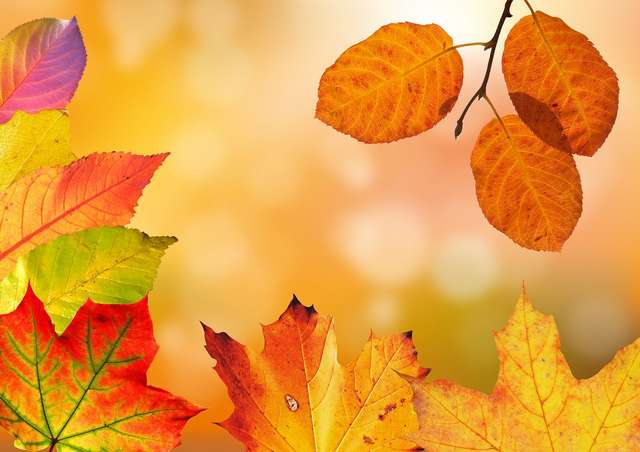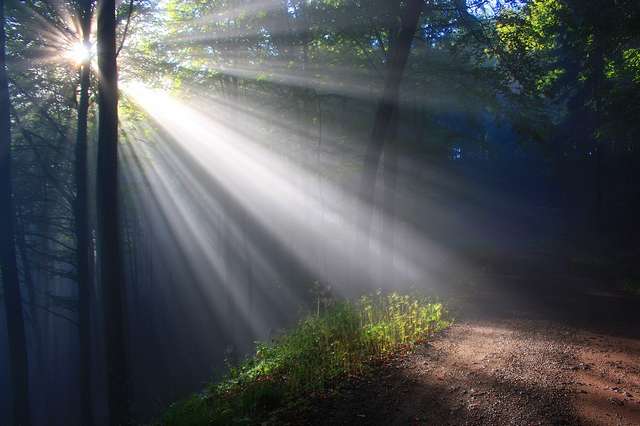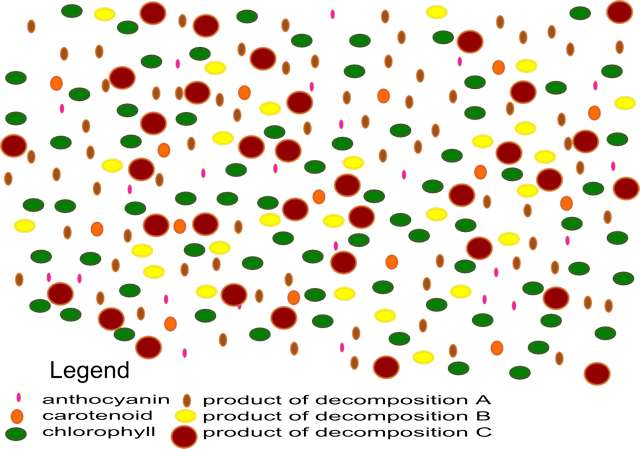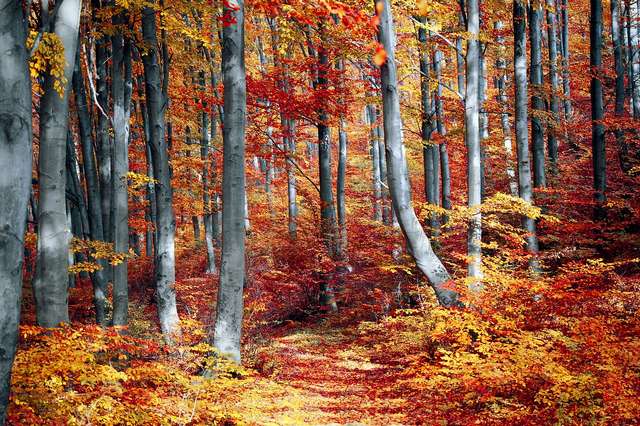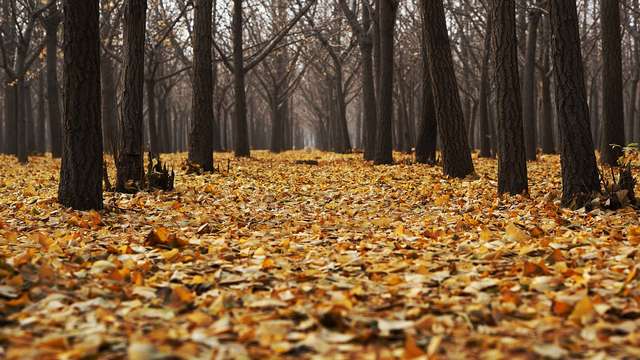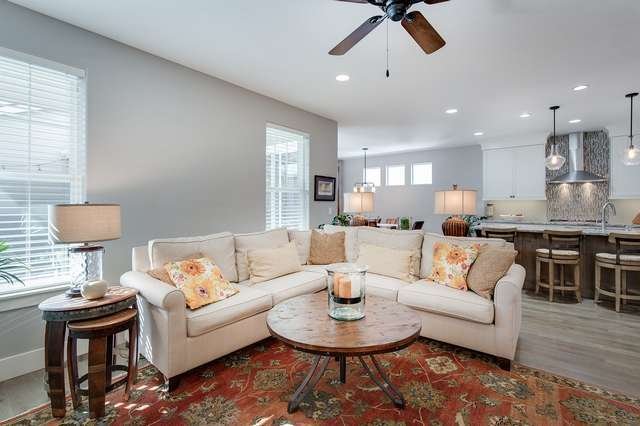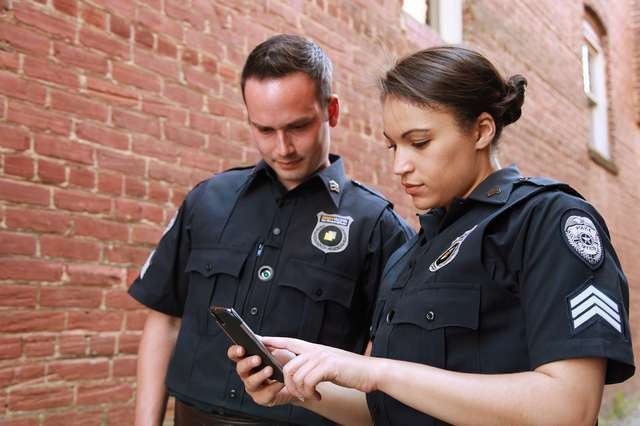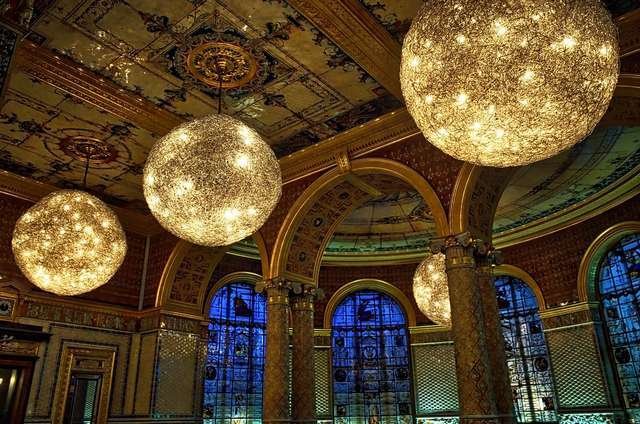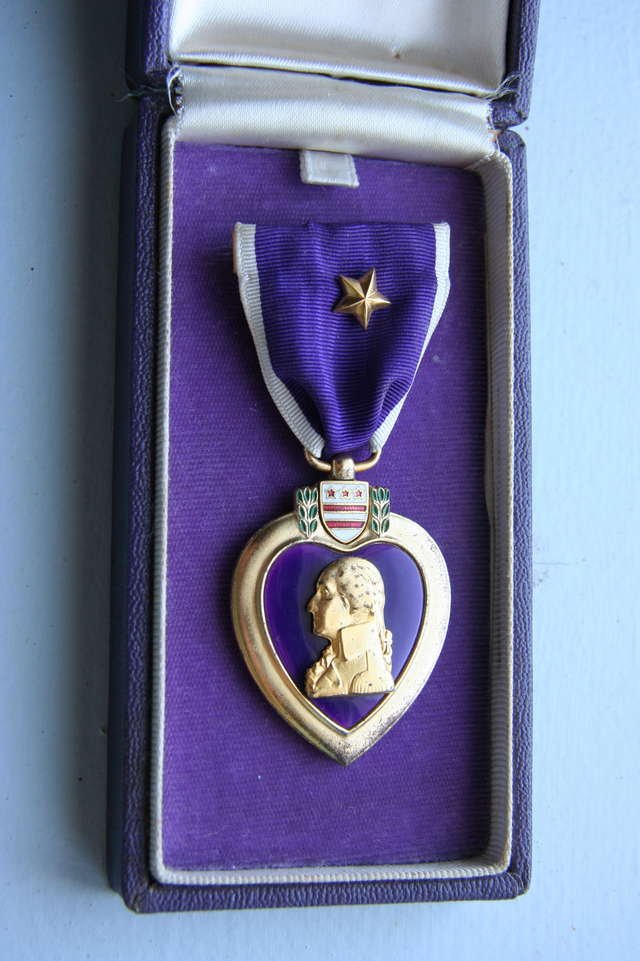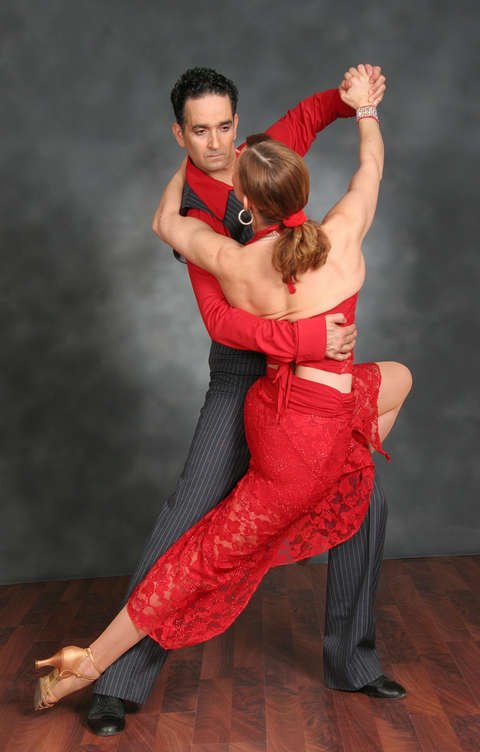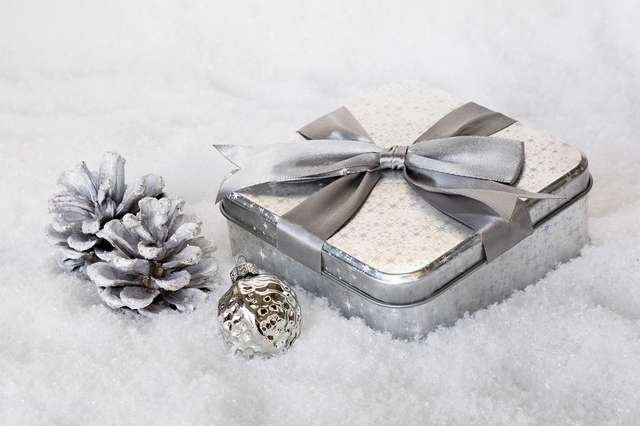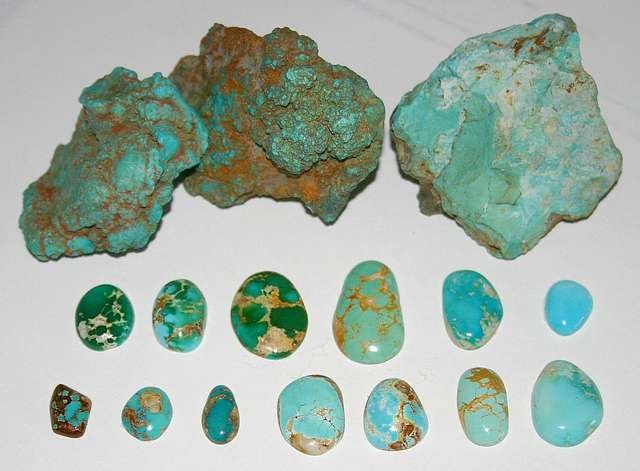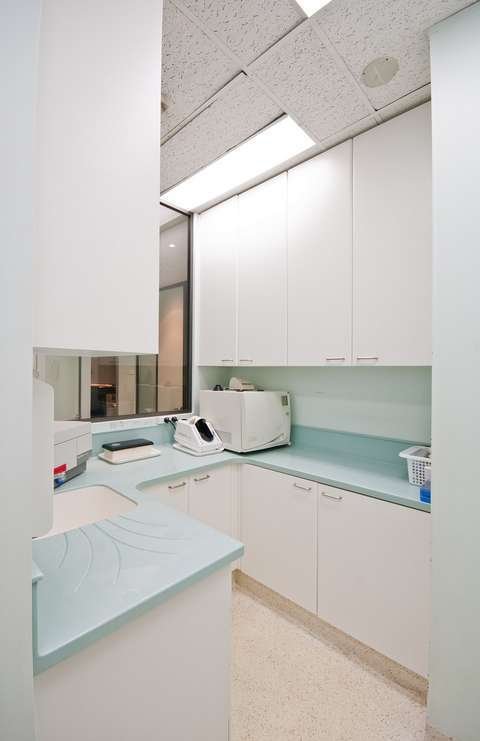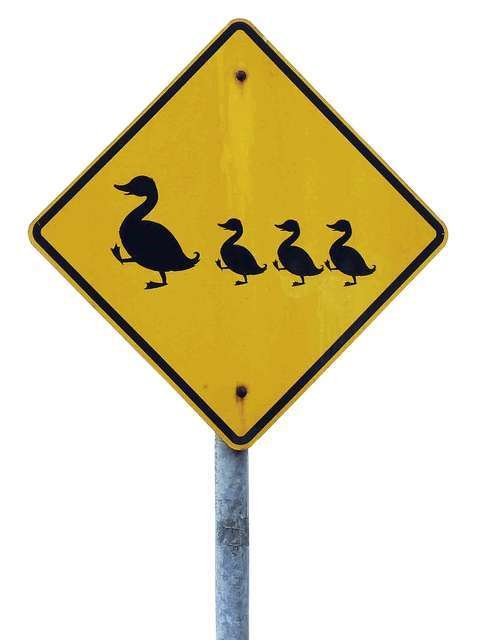Feng shui is an ancient teaching about finding a balance in human's life. Choosing the right colors for our homes is definitely on the list of the tios we can get from feng shui.
What are the best feng shui colors for your home?
Feng Shui is an ancient Chinese philosophical system dealing with harmony between living beings and their environment. It is built on the belief of mutual impact of all elements in certain situation and colors are among the most important 'players'. If you want to live by feng shui principles, you should know what a certain color means and what colors are best for each room in your home.
As you maybe already know, there are five elements in feng shui and each one of them is represented by the color:
- Fire with red, orange, lively yellow, pink and purple
- Water with black and blue
- Earth with pale yellow, light brown, beige
- Wood with dark brown and green
- Metal with white and gray

Applying right colors to rooms is not easy because feng shui takes into consideration not only rooms and their functions but their absolute and relative positions as well, but in general, you want:
- Blue in the areas related to money and career, like a home office, and places where you want some piece, like a bedroom.
- Green is best for places where you expect regeneration, like a bedroom.
- Red as the most passionate color gives the most in rooms where an action is expected - living room or workout place, for instance.
- Yellow where you expect family events, like in dining room or living room.
- White in places where you need additional creative energy flows, like in study room, or in the kids' room, but striking white is rarely used in feng shui (instead of that a pinch of earth tones is added or several soft gray hues are used).
Did we mention the impact of light for each specific wall? Another important thing is the use of patterns and material which make wonders when used in right amounts. Never follow blindly to some rigid rules, especially if you, for some reason, don't like certain color or colors. We recommend some common sense and application of personal taste with a healthy dose of adventurous spirit. In feng shui, it's all about balance!
Let's check each room in your home ...

Bedroom
Pastels, muted tones, and earth colors are the best. An addition of bolder colors like black (some believe you need to color whole wall - the one behind the bed - with black) or red (some red elements would definitely add some energy into the bedroom of newlyweds) can actually make bedroom much more pleasing.
Very bright and very dark colors are not recommended for bedrooms, so if you decide to use them, be very frugal. Even for children's bedrooms go with some peaceful pastels and use one or two livelier colors just to accessorize. In general, it's a place for retreat and rest, but a pinch of yellow will very likely help at revitalization.
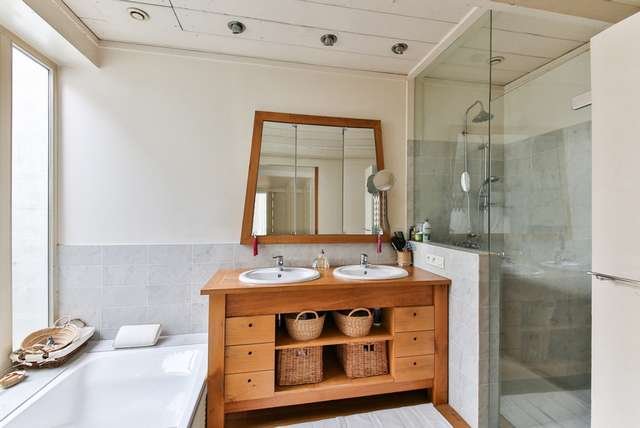
Bathroom
While blue (or green) might be the first thought, it's actually not recommended for a place, where water element is already present in such quantity. Earth and pastel tones are best in bathrooms too. A whole family of whites all to the browns should also be considered.
According to feng shui, the wasted water in the bathroom is closely associated with wasted wealth, what can be (among other actions) achieved by an addition of red and black. The balance between in (light) and yang (dark) colors is a winning combination.
Kitchen
According to feng shui, it's the heart of every home. This is where nourishing of the family starts and this is where the happiness happens. Apart from classic earth colors, different bright choices, like yellow, are very thankful too. The kitchen should always be warm - thanks to the oven, colors of the walls, presence of family members ...
Don't forget this place already has elements fire and water, what can be best balanced by the earth. If you want to enhance fire, use some green and brown as wood elements and if you want it really warm, go with red.
Dining Room
As you already expect, earth tones and pastel colors are the best bet here too. This is a place where we need some peace for eating and digesting, so use red or orange, as stimulants in very low doses. Unless if you are dealing with lack of appetite!
The dining room is a place of abundance which should always be shared, so inviting colors (for family and visitors) like pinks or corals can also be considered. An addition of green will add some calmness and pastel blue refreshment.
Home Office
Now it's finally time for more lively colors. A home office is a place where we need to be active, so bright and energetic whites or cream colors should work best. Don't hesitate at accents in bolder tones!
Living Room / Family Room
Muted colors are always a safe bet, but depending on your social activity also try to include some sunny optimistic yellow or uplifting orange, which is known as the best conversation starter.
If you plan to mostly rest and relax in the living room, make sure greens and browns are prevalent. If you expect more action, red and purple with closely related orange and yellow will help to bring more energy in the room. Remember: pale tones will bring lower and brighter tones higher levers of energy.
Exercise Room
This is a place for action, so stimulation in form of red, orange, and maybe some bright/dark contrasts is not only allowed but recommended. Interesting alternatives for less aggressive feel are mauve, peach, and gold. Especially for morning workouts, white and metallic colors should work great too. Follow your heart at final choice!
Study Room
Studies can be a bit tricky. You definitely need to active there, but still, need to stay enough calm to keep reading if necessary in spite of possible bursts of inspiration. It's probably best to start with a palette of earth tones and build the desired feel on this - with red, purple or navy blue elements in the right quantity.
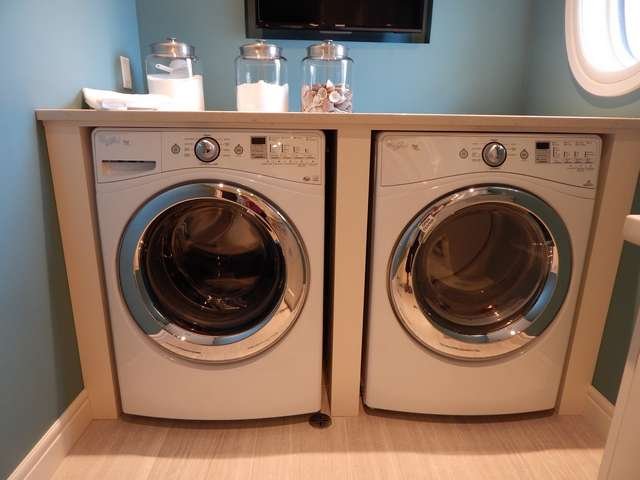
Laundry Room
Another slightly tricky place. We surely need some energy here because it's a working place, but it's also place related with water and losses like the bathroom, so some pastel blues or browns are the most popular option. If you are afraid of losing your money, go with dark brown as a strong opponent to water or very light blue to make it weaker.
Hallway / Garage
Both places are extremely transient, in general, we rarely stop in them, but maybe walking through on very regular basis, so active, the vibrant color should always be present. Your final decision is of course closely dependant on light conditions and effect you intend to achieve. Several nice contrasting choices are possible.
For the end - a tip from the pro: no matter what color you choose for a certain room at your home, the final result will be very likely very different at different hours of the day. If you have a chance to paint with an example quantity of paint a large sheet of paper and hang it on the wall before you buy the whole quantity, take a few days and do it - you'll often find a much better solution as you thought at first. In most cases, one or two tones lighter shades will satisfy you more as the one you have chosen in the store.
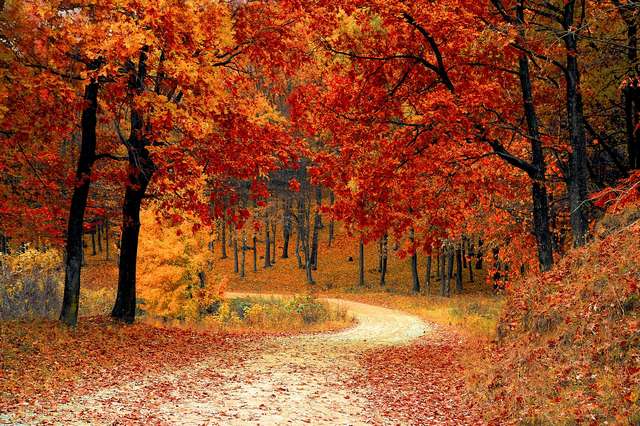
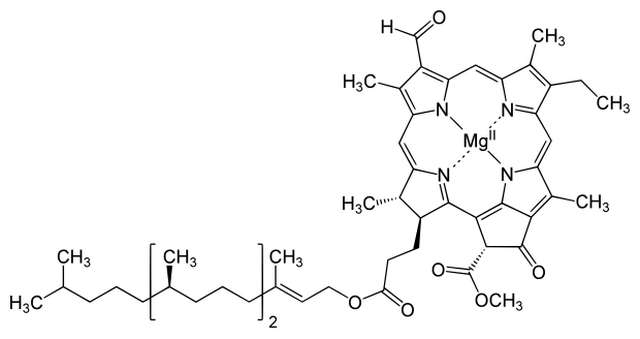

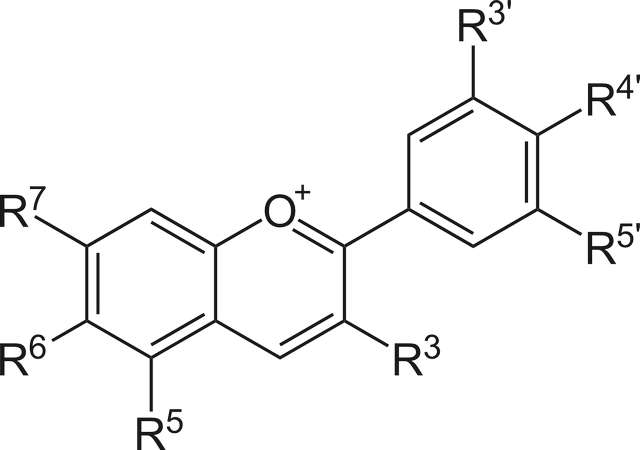 Several fruits and vegetables are known by containing anthocyanins. For instance blueberries or eggplants:
Several fruits and vegetables are known by containing anthocyanins. For instance blueberries or eggplants: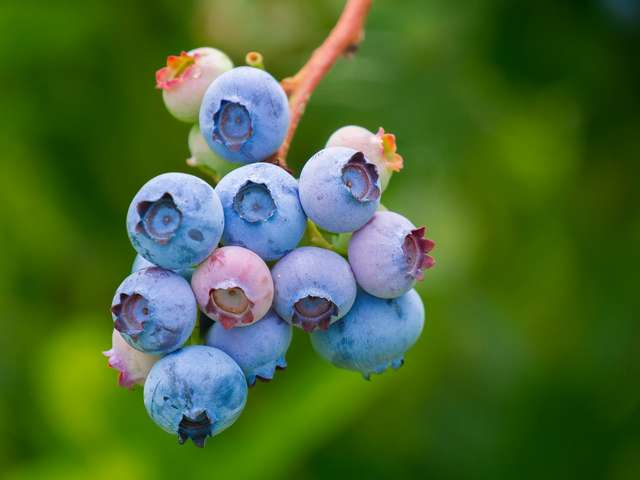
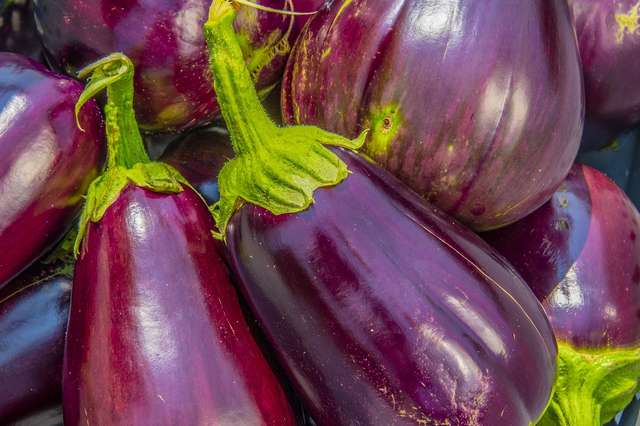 And this is an example of the chemical structure of carotenoid:
And this is an example of the chemical structure of carotenoid: We can find several different carotenoids in fruits and vegetables as well.
We can find several different carotenoids in fruits and vegetables as well.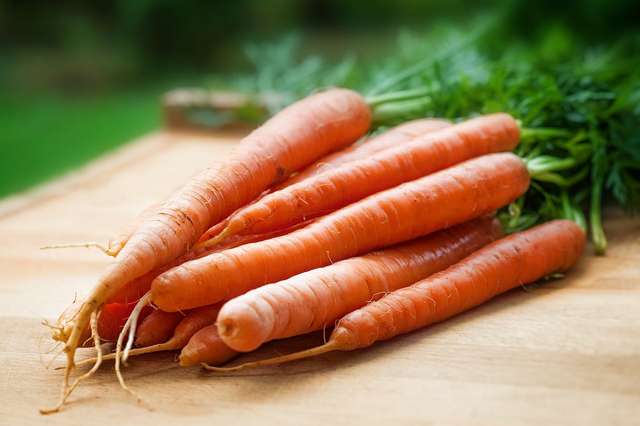
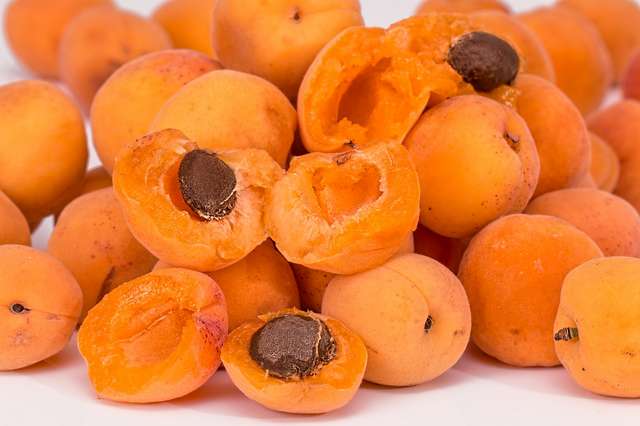
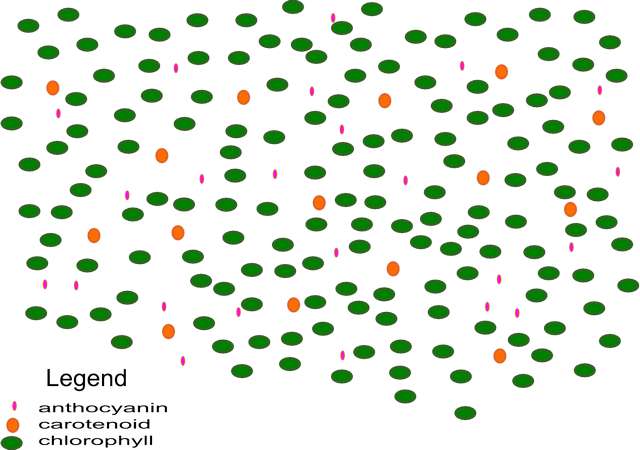 Now we know two important facts:
Now we know two important facts: